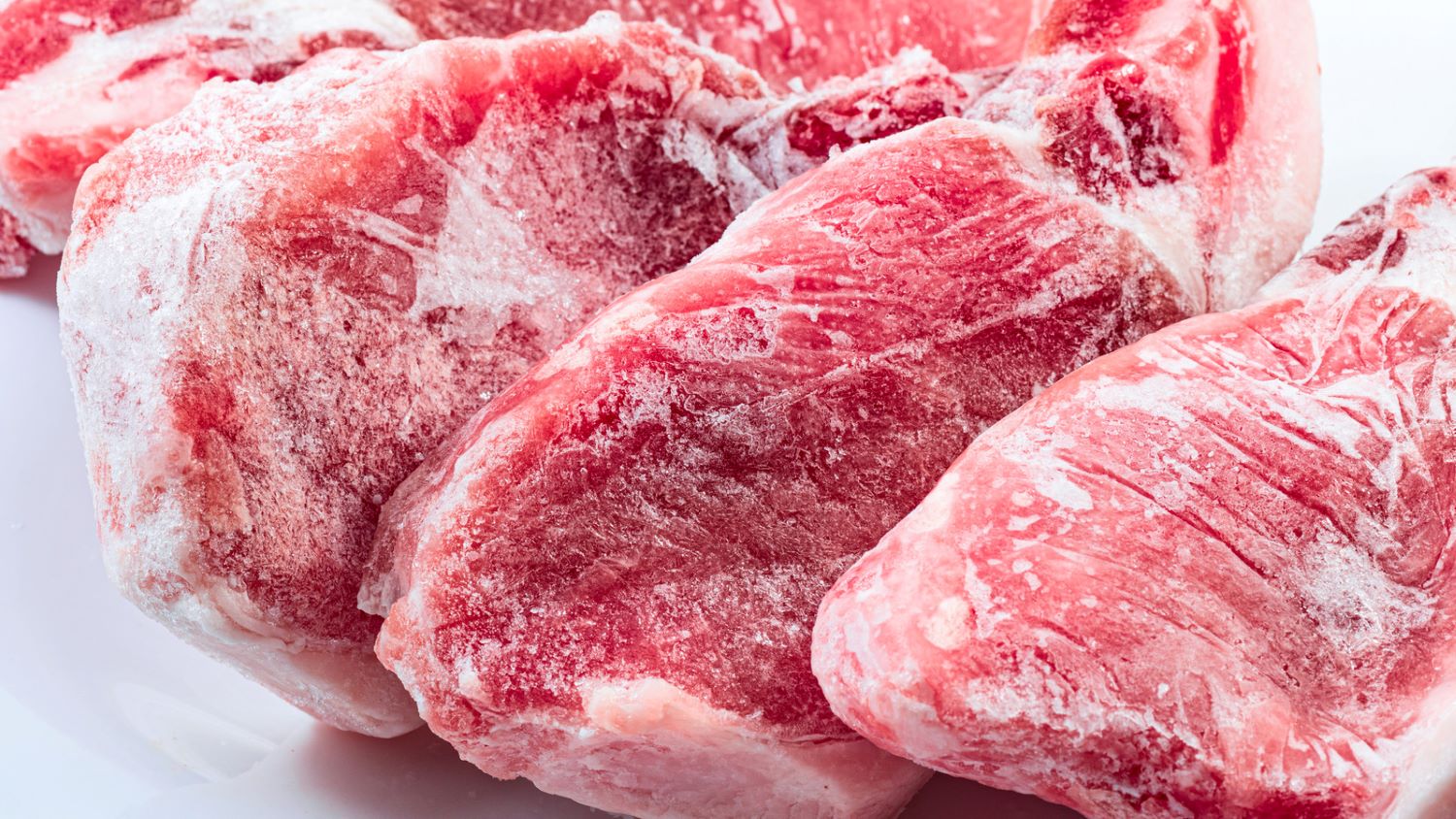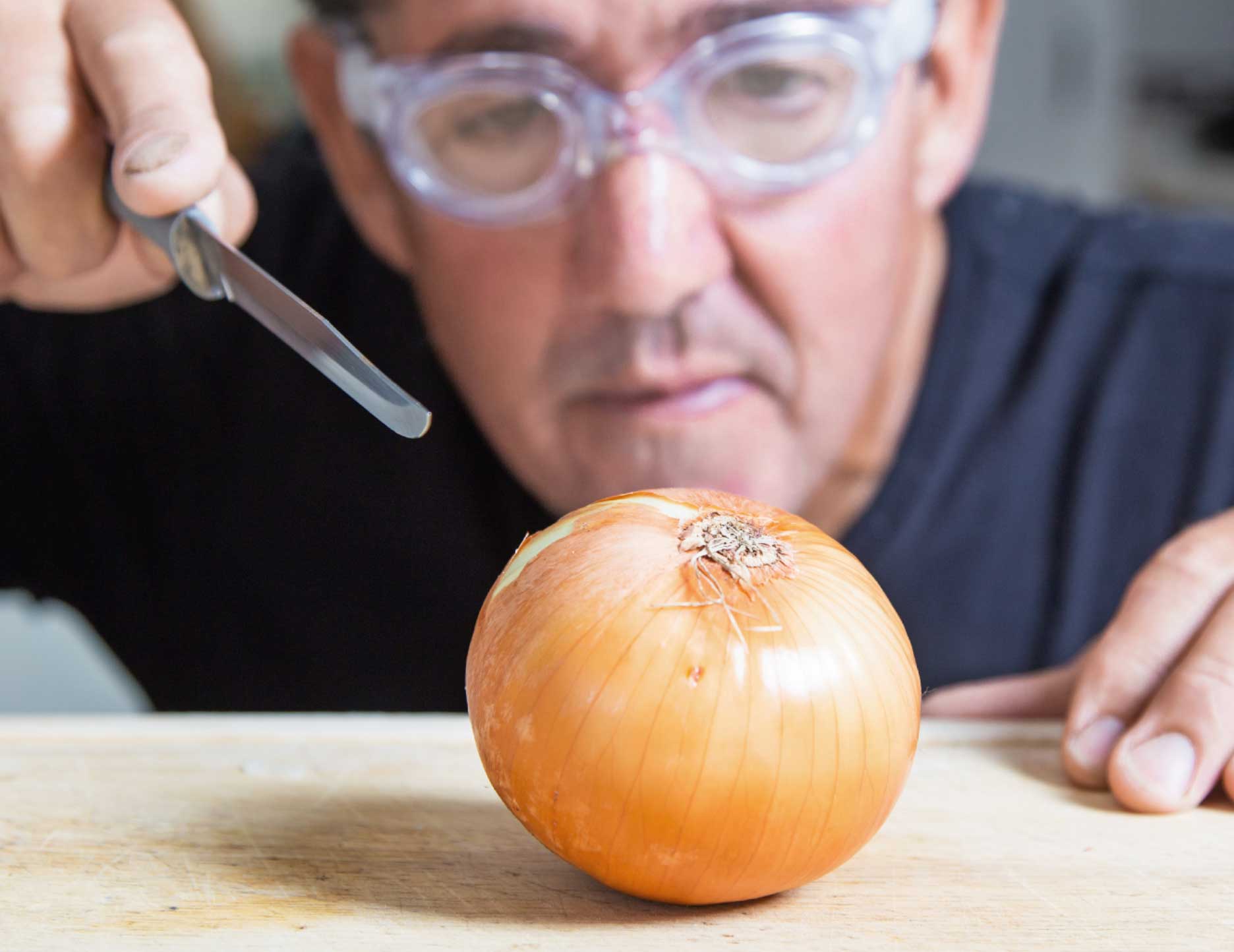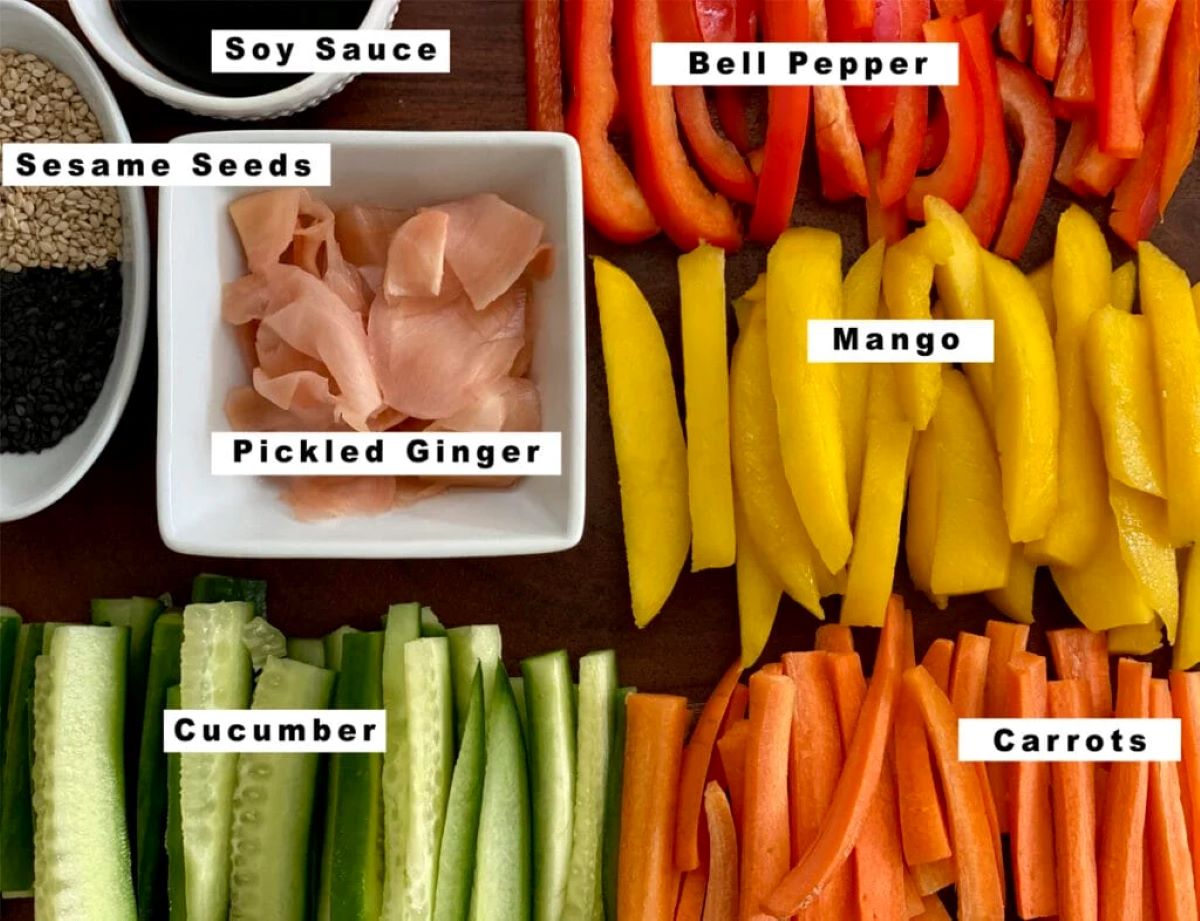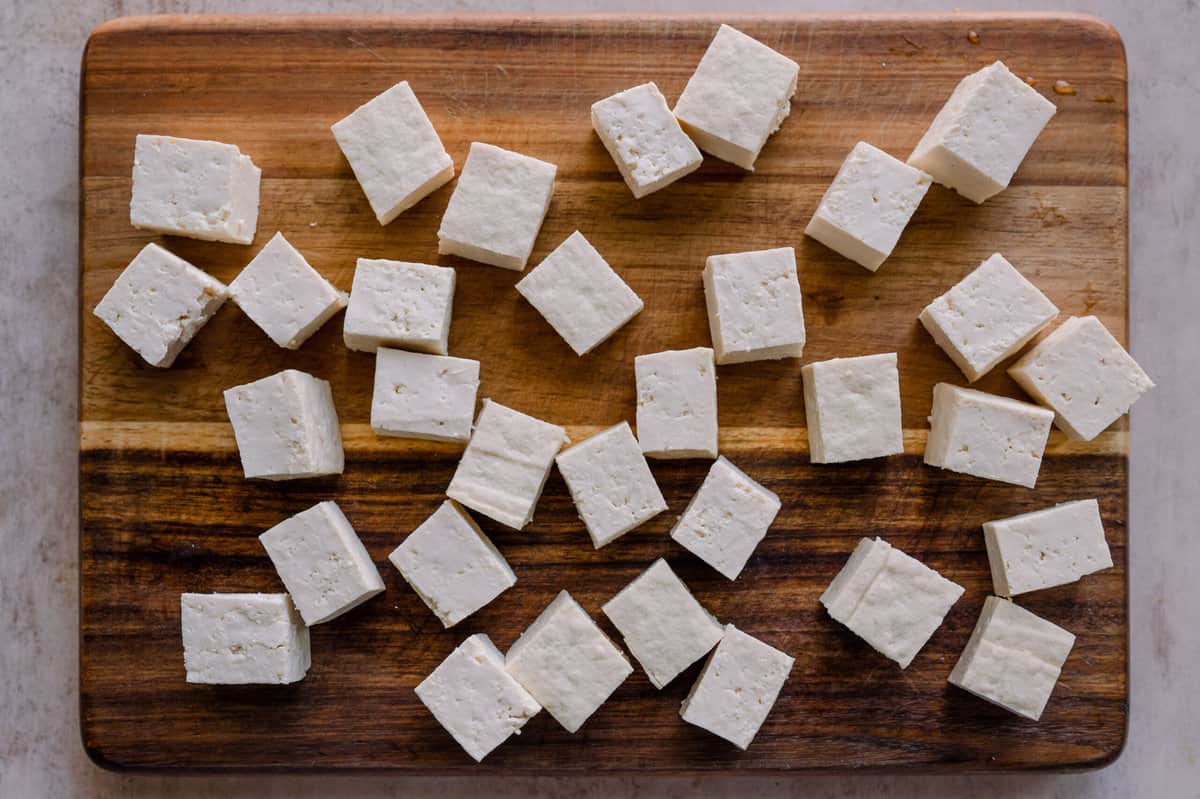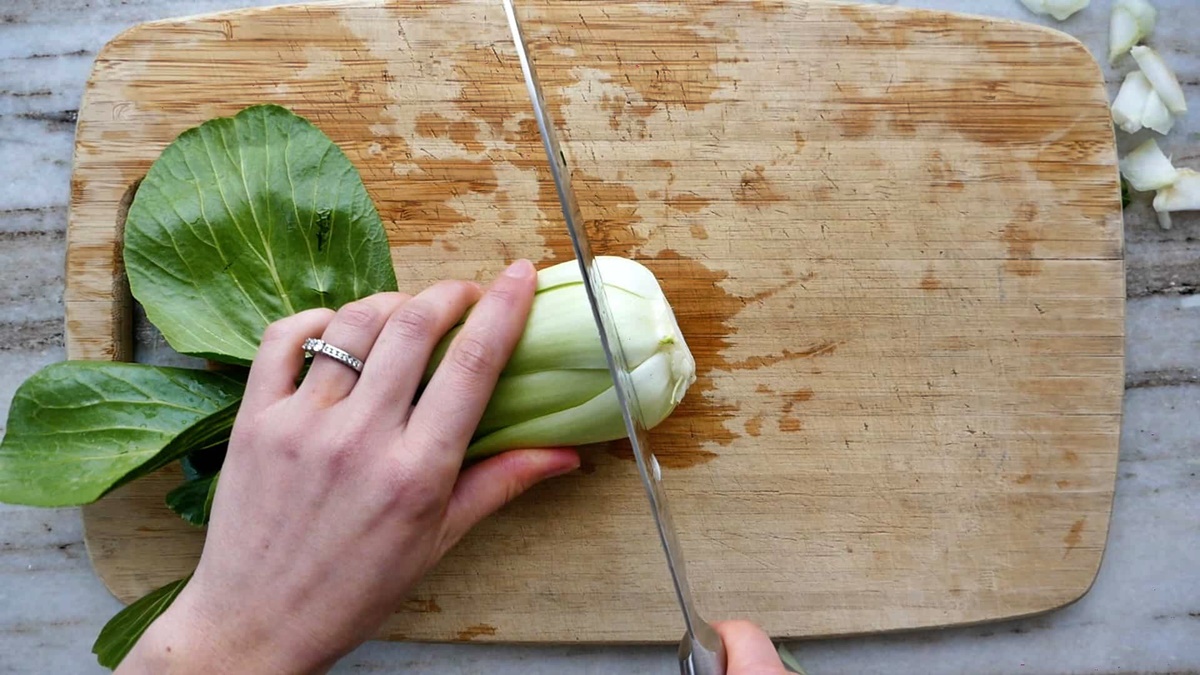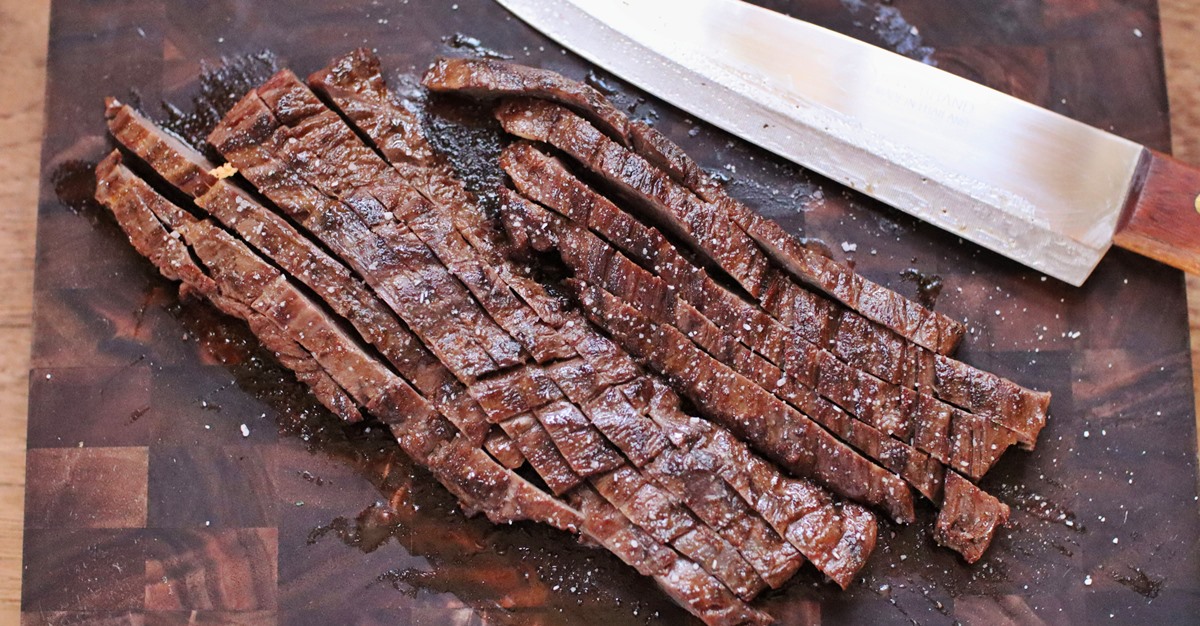Cutting taro, a starchy root vegetable known for its versatility in cooking, requires a bit of know-how to handle safely and efficiently. Before you start, always remember to wear gloves to prevent skin irritation from the taro's sap. Begin by washing the taro root thoroughly under running water to remove any dirt. Next, use a sharp knife to slice off the ends and peel the skin, much like you would with a potato. Once peeled, you can cut the taro into your desired shape and size, whether it's cubes for stew, slices for frying, or grated for making taro cakes. Proper preparation ensures a delicious outcome in any taro dish.
Essential Ingredients for Taro Preparation
- Fresh taro root
- Cutting board
- Sharp knife
- Bowl of water
- Vegetable peeler or paring knife
- Kitchen gloves (optional)
Necessary Tools for Cutting Taro
- Sharp Chef's Knife
- Cutting Board
- Vegetable Peeler
- Kitchen Towels
- Bowl of Water
When cutting taro, always wear gloves to prevent skin irritation from its sap. Peel its tough outer skin with a sharp knife, then slice or dice as needed.
The Importance of Properly Cutting Taro
Cutting taro requires caution due to its slippery texture and potential irritation it can cause. Wearing gloves protects your hands from the itchy sensation caused by calcium oxalate crystals. Peeling and slicing this starchy root into smaller pieces ensures it cooks evenly, enhancing its nutty flavor in various dishes.
Understanding the right technique for cutting taro not only safeguards against skin irritation but also maximizes the culinary experience. A sharp knife and a steady surface are crucial for achieving clean cuts. This preparation step is vital for unlocking the full potential of taro's versatile use in cooking.
Your Step-by-Step Guide to Cutting Taro
Cutting Taro: A Step-by-Step Guide
Taro, a starchy root vegetable, is a staple in many cuisines around the world. Known for its nutty flavor, it requires careful handling due to its slippery surface and potential irritants. Here’s how to cut taro safely and efficiently:
-
Wear Gloves: Start by wearing kitchen gloves. Taro can cause skin irritation for some people due to its calcium oxalate content.
-
Clean the Taro: Rinse the taro root under cold running water. Use a vegetable brush to scrub off any dirt or debris.
-
Peel the Taro: With a sharp knife, cut off both ends of the taro root. Stand the taro on one end and slice the skin away from top to bottom, following the shape of the root. Rotate and repeat until all the skin is removed.
-
Slice the Taro: Place the peeled taro on a cutting board. For even cooking, cut the taro into uniform slices or pieces, depending on your recipe needs. For slices, cut the taro crosswise. For cubes, first slice, then stack the slices and cut into strips before dicing.
-
Soak the Taro: Once cut, place the taro pieces into a bowl of cold water. This prevents discoloration and removes any excess irritants.
-
Cook Immediately: Taro is best used immediately after cutting. Whether boiling, frying, or baking, ensure it is thoroughly cooked to eliminate any irritants and to achieve the desired texture.
Safety Tips:
-
Sharp Knife: Always use a sharp knife to ensure clean cuts and reduce the risk of the knife slipping.
-
Stable Cutting Surface: Make sure your cutting board is stable. Place a damp cloth underneath to prevent it from moving.
-
Avoid Touching Your Face: While handling taro, avoid touching your face or eyes to prevent irritation.
Storage:
-
Unpeeled Taro: Store unpeeled taro in a cool, dark place. It can last for up to a couple of weeks.
-
Peeled and Cut Taro: If you have leftover peeled and cut taro, keep it submerged in water in the refrigerator and use within 48 hours for the best quality.
Following these steps ensures that you handle taro safely and prepare it properly for any dish.
Mastering Taro: Your Culinary Adventure Awaits
Cutting taro is more than just a step in cooking; it's an entry into a world of culinary exploration. With the right technique, you can unlock the full potential of this versatile root vegetable. Remember, always start with choosing firm, fresh taro and don't forget to wear gloves to protect your skin from irritation. Peeling it under running water can further minimize contact with its sap. Once peeled, slicing taro for your recipe becomes an easy task. Whether you're making a traditional dish or experimenting with new recipes, taro offers a unique flavor and texture that can elevate your cooking. So, grab that knife, follow these safety tips, and let your culinary creativity flow. Taro awaits to add its magic to your dishes, promising delicious outcomes every time you dare to slice into its mysterious, starchy depths.
With the guide on how to cut taro, readers can try their hand at making a variety of delicious dishes. For a refreshing drink, they can make Taro Bubble Tea. If they're in the mood for a sweet treat, Taro and Coconut Milk Dessert is a great choice. For a savory option, Taro and Chicken Curry offers a delightful blend of flavors. Those who enjoy baking might want to experiment with Baked Taro Casserole. These recipes not only help in mastering the skill but also provide a chance to enjoy taro in different, delightful ways.
Common Questions About Cutting Taro
How do I choose the right taro for cutting?
Look for taro that feels firm to the touch and has a smooth, blemish-free skin. Avoid any with soft spots or signs of sprouting, as these can indicate that the taro is past its prime.
What's the best way to peel taro?
Always use gloves or a towel to handle taro, as its skin can cause irritation. Cut off the top and bottom ends, then use a sharp knife or vegetable peeler to remove the skin, working from top to bottom.
Can I cut taro ahead of time?
Yes, you can cut taro in advance, but make sure to submerge the pieces in water to prevent them from turning brown. This will also help to remove some of the itchy compounds.
What are the different ways to cut taro for cooking?
Depending on your recipe, taro can be diced for stews, sliced for chips, or cut into chunks for boiling or roasting. Each method brings out a different texture and flavor from the taro.
Is there a trick to cutting taro without it sticking to the knife?
Lightly oiling the blade of your knife can help prevent taro from sticking. Additionally, using a sharp knife ensures smoother cuts and less sticking.
How do I store cut taro if I'm not using it immediately?
Place cut taro in an airtight container filled with water, and store it in the refrigerator. This keeps it fresh and prevents it from drying out or discoloring for a couple of days.
What should I do if I feel itchy after handling taro?
If you experience itchiness after handling taro, wash your hands and any affected area with soap and cold water. Applying a soothing lotion or hydrocortisone cream can also help alleviate the irritation.
